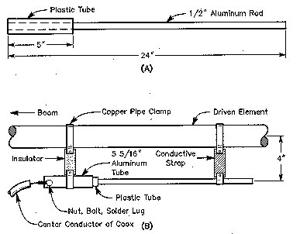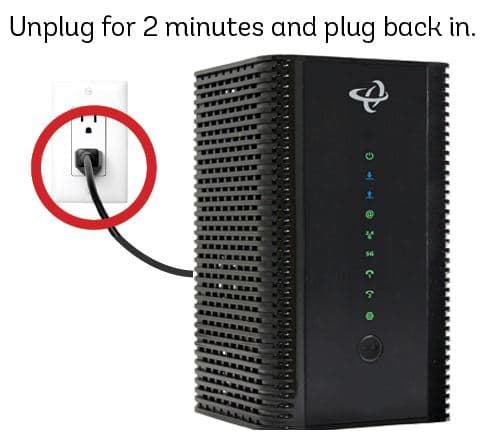As a motorcycle rider, one of the most important maintenance tasks you can perform is ensuring your throttle cable is properly adjusted. The throttle cable is the critical link between your right hand and the engine, controlling acceleration and power delivery. Incorrect throttle cable adjustment can lead to poor throttle response, rough idling, and even dangerous riding conditions.
In this comprehensive guide, we’ll walk you through the steps to check and adjust your motorcycle’s throttle cable for optimal performance and safety. Whether you’re a seasoned rider or just starting out, mastering throttle cable adjustment is an essential skill for any motorcyclist.
Understanding the Throttle Cable
Before diving into the adjustment process, it’s important to understand what the throttle cable does and how it works. The throttle cable consists of an inner wire that slides within an outer housing. One end attaches to the throttle grip on the handlebars, while the other connects to the throttle bodies or carburetors on the engine.
When you twist the throttle, the inner cable is pulled, opening the throttle valves and allowing more air and fuel into the engine. This increases engine speed and power output. When you release the throttle, the cable slackens and the throttle valves close, reducing engine speed.
Over time, the throttle cable can stretch, fray, or become corroded, leading to excessive slack or binding. This is why regular inspection and adjustment are crucial.
Checking Throttle Free Play
The first step in throttle cable adjustment is checking the free play. Free play refers to the amount the throttle grip can be turned before it starts pulling the cable and opening the throttle valves.
Most motorcycle manufacturers recommend a free play range of 2-3mm. This small amount of slack allows for smooth throttle actuation without binding. Too much free play can cause delayed throttle response, while too little can lead to unintended acceleration or rough idling.
To check throttle free play:
- Position the handlebars straight ahead.
- Slowly turn the throttle grip until you feel resistance from the cable.
- Measure the distance the grip rotated before resistance. This is your free play.
If the free play is outside the recommended range, it’s time to make an adjustment.
Adjusting the Throttle Cable
Single Cable Adjustment
Older motorcycles often use a single throttle cable system. Adjusting a single cable is straightforward:
- Loosen the locknut on the cable adjuster at the throttle grip.
- Turn the adjuster barrel to increase or decrease cable slack.
- Turning it in (clockwise) increases tension and reduces free play.
- Turning it out (counter-clockwise) decreases tension and increases free play.
- Tighten the locknut to secure the adjuster barrel.
- Recheck free play and readjust as needed.
Dual Cable Adjustment
Most modern motorcycles use a dual throttle cable system – an accelerator cable and a decelerator cable. The accelerator cable opens the throttle when you twist the grip, while the decelerator cable closes it when you let go. Adjusting a dual cable system requires a specific procedure.
- Loosen the locknuts on both cable adjusters.
- Adjust the decelerator cable first. Turn the adjuster until there is no slack with the throttle fully closed.
- Next, adjust the accelerator cable to achieve the specified free play, typically 2-3mm.
- Tighten the locknuts and recheck free play.
Some motorcycles have adjusters at both the throttle grip and the throttle bodies. In this case, make major adjustments at the throttle bodies and fine tune at the grip.
Checking Throttle Operation
After adjusting the throttle cable, it’s crucial to check that the throttle operates smoothly and snaps closed when released. A sticking throttle can be extremely dangerous.
With the engine off, slowly apply and release the throttle through its full range of motion. Confirm that it moves smoothly without binding and returns to the closed position when let go. Repeat this check with the handlebars turned fully left and right.
If you notice any sticking or binding, the cable may be misrouted, frayed, or corroded. Inspect the cable and replace it if necessary.
Replacing the Throttle Cable
If your throttle cable is damaged or worn beyond adjustment, it’s time for a replacement. You can opt for OEM cables or aftermarket options from companies like Motion Pro or Barnett.
When installing a new cable, pay close attention to the routing. The cable must follow the exact same path as the original, avoiding sharp bends, pinch points, and hot engine parts. Take photos before removing the old cable to use as a reference.
Connect the cable ends to the throttle grip and throttle bodies, adjust free play, and check throttle operation. As a final step, start the engine and turn the handlebars lock-to-lock. If the idle speed changes, there is still binding in the cable system that needs to be addressed.
Conclusion
Proper throttle cable adjustment is a critical aspect of motorcycle maintenance that is often overlooked. By regularly checking and adjusting your throttle cable, you can ensure optimal throttle response, smooth power delivery, and safe operation.
Remember to consult your motorcycle’s service manual for specific instructions and specifications. If you’re unsure about any aspect of the process, don’t hesitate to seek the help of a qualified mechanic.
With a well-adjusted throttle cable, you’ll be able to focus on what matters most – enjoying the ride and the freedom of the open road. Happy wrenching and safe travels!


![[Windows 8] How to share Internet connection with your phone, tablet, other computers, and other dev](https://www.800908.com/wp-content/uploads/2021/10/1224-6.png)

